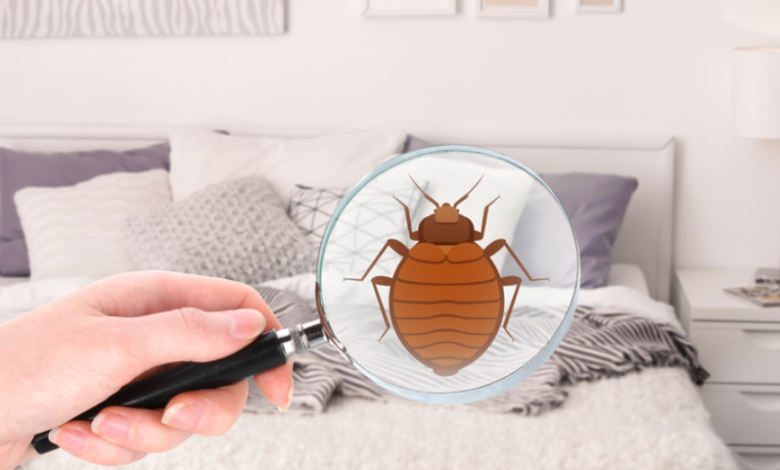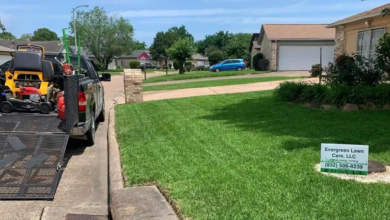How to Know If You’re Being Bitten by Bed Bugs at Night

Bed bugs are tiny, sneaky pests that can make your nights miserable without you even realizing it. Because they often strike when you’re asleep, it’s not always easy to know if they’re the cause of your itchy skin or red marks. In this article, we’ll explore how to identify bed bug bites, other common bed bug symptoms, and what you can do to take back control of your sleeping space.
What Are Bed Bugs?
Before identifying if you’ve been bitten, it’s important to understand what bed bugs are. Bed bugs are small, flat, reddish-brown insects that feed on the blood of humans and animals. They are about the size of an apple seed and are most active at night. Despite their small size, they can cause big problems for homeowners and renters alike.
These pests tend to hide in the seams of mattresses, box springs, headboards, and even furniture or cracks in walls during the day. At night, they come out to feed—typically targeting exposed areas of the skin such as the face, neck, arms, and legs.
Signs You’re Being Bitten While You Sleep
The most obvious clue that you’re being bitten by bed bugs is waking up with unexplained bites or skin irritation. Here are some telltale bed bug bites ( væggelus bid ) to watch for:
1. Itchy Red Bumps
Bed bug bites usually appear as small, red bumps that are often itchy and may be slightly swollen. Unlike mosquito bites, which can appear randomly, bed bug bites tend to appear in a line or cluster. This is often referred to as the “breakfast, lunch, and dinner” pattern.
2. Bites That Appear Overnight
If you go to bed with clear skin and wake up with fresh bites, it’s a strong indicator that something happened while you were sleeping. Bed bugs typically bite in the early hours of the morning, so you won’t feel it happening.
3. Bites on Exposed Skin
Because bed bugs can’t crawl through clothing, their bites usually appear on parts of the body not covered by pajamas or blankets. Common locations include the arms, neck, hands, and face.
See also: What Are Home Security Systems & Why Every Homeowner Needs Them
Other Bed Bug Symptoms to Watch For
Aside from bite marks, there are other signs of a bed bug infestation that you may notice around your home. Being aware of these can help you identify and confirm the presence of these pests.
1. Blood Stains on Sheets
Bed bugs feed by piercing the skin and sucking blood. Sometimes, they get crushed while you roll around in bed, which can leave small blood stains on your sheets, pillowcases, or pajamas.
2. Dark or Rusty Spots
Their feces appear as tiny dark or rusty spots on bed linens, mattresses, or walls. You might see these in the seams of your mattress, on your bed frame, or even on the walls close to your bed.
3. A Musty Odor
A heavy infestation may produce a sweet, musty smell due to the pheromones released by bed bugs. This smell is often described as being similar to rotting fruit or moldy clothing.
4. Shed Skins and Eggshells
As bed bugs grow, they shed their skins. You might find these tiny exoskeletons near your mattress, along with eggs or eggshells, which are about 1mm in size and white or translucent.
How to Confirm You Have Bed Bugs
If you’re experiencing bed bug symptoms and suspect an infestation, confirming their presence is the next step.
1. Inspect Your Mattress and Furniture
Carefully examine your mattress, especially the seams, folds, and tags. Look for bugs, eggs, or the dark fecal spots mentioned earlier. Use a flashlight to inspect cracks and joints in your bed frame and nightstand.
2. Use Bed Bug Traps
Bed bug interceptors can be placed under the legs of your bed or furniture to catch the bugs as they move. These are affordable and can help confirm their activity.
3. Call a Professional
If you’re unsure or want confirmation, a pest control expert can perform a thorough inspection and provide a clear diagnosis. Many offer free or low-cost inspections.
Differentiating Bed Bug Bites from Other Bites
It’s easy to confuse bed bug bites with bites from mosquitoes, fleas, or even allergic reactions. However, some features can help distinguish them:
- Bed bug bites are usually grouped or in a line.
- Mosquito bites tend to be more random and singular.
- Flea bites often appear on the lower legs and ankles.
- Allergic reactions may spread beyond a small area and don’t always itch.
If you’re still unsure, keeping a diary of your bite patterns and comparing them with bed bug symptoms listed here can help you figure things out over time.
Preventing Bed Bug Infestations
Once you suspect or confirm bed bugs, acting quickly is key to stopping their spread. Prevention also plays an important role.
1. Clean and Declutter
Bed bugs love hiding in clutter. Keeping your room tidy, vacuuming regularly, and washing bed linens in hot water can help prevent infestations.
2. Use Protective Covers
Encase your mattress and box spring in protective covers designed to prevent bed bugs from getting in or out. These covers trap any bugs already inside and make it harder for new ones to hide.
3. Be Cautious When Traveling
Hotels and motels are common sources of bed bugs. Inspect your room upon arrival, keep your luggage off the floor, and wash all clothes in hot water when you return home.
4. Check Used Furniture
Before bringing secondhand furniture into your home, inspect it carefully for signs of bed bugs. This is a common way infestations begin.
When to Seek Medical Advice
While bed bug bites are generally not dangerous, some people can experience allergic reactions or skin infections from excessive scratching. If your bites become very swollen, blistered, or painful, it’s best to consult a doctor. Similarly, if you’re having trouble sleeping or dealing with anxiety because of the infestation, a mental health professional can provide support.
Conclusion
Bed bugs are sneaky, but they leave behind plenty of evidence if you know what to look for. By recognizing the common bed bug symptoms—from bites and blood stains to strange odors and fecal spots—you can identify an infestation early and take steps to eliminate it. Acting quickly not only improves your sleep and health but also prevents the pests from spreading further in your home.




